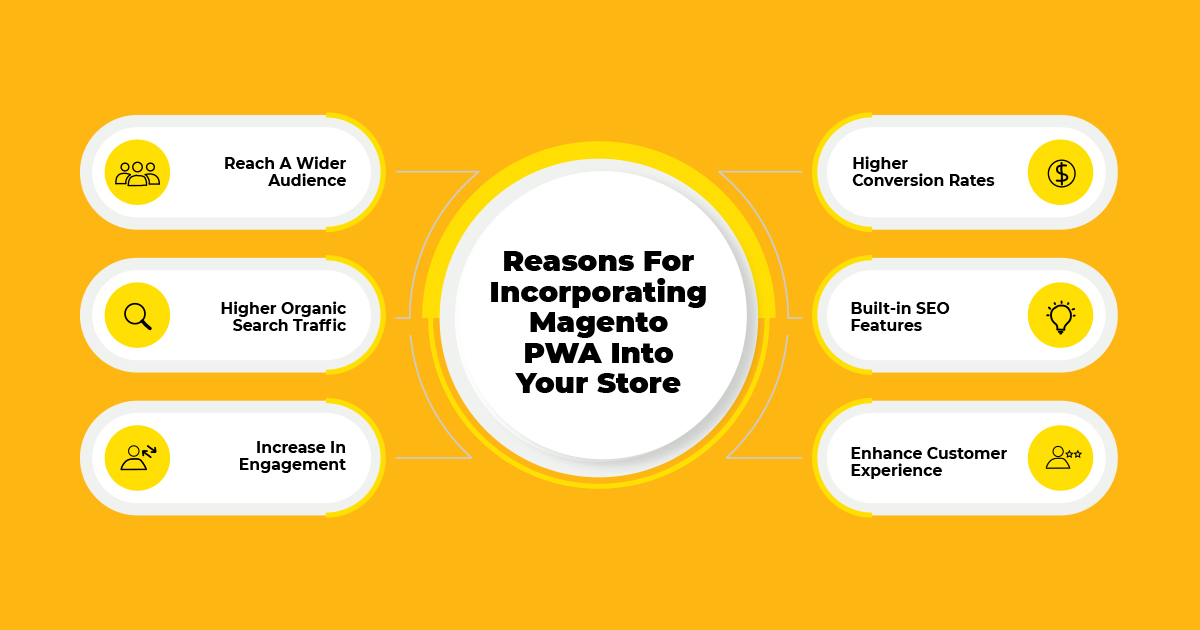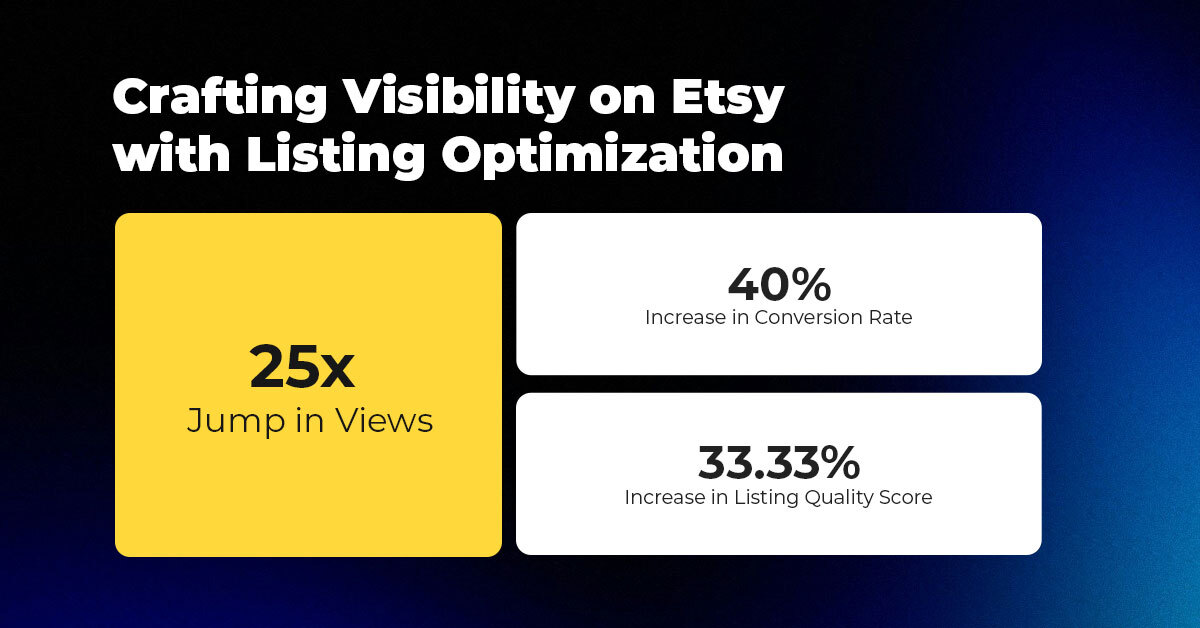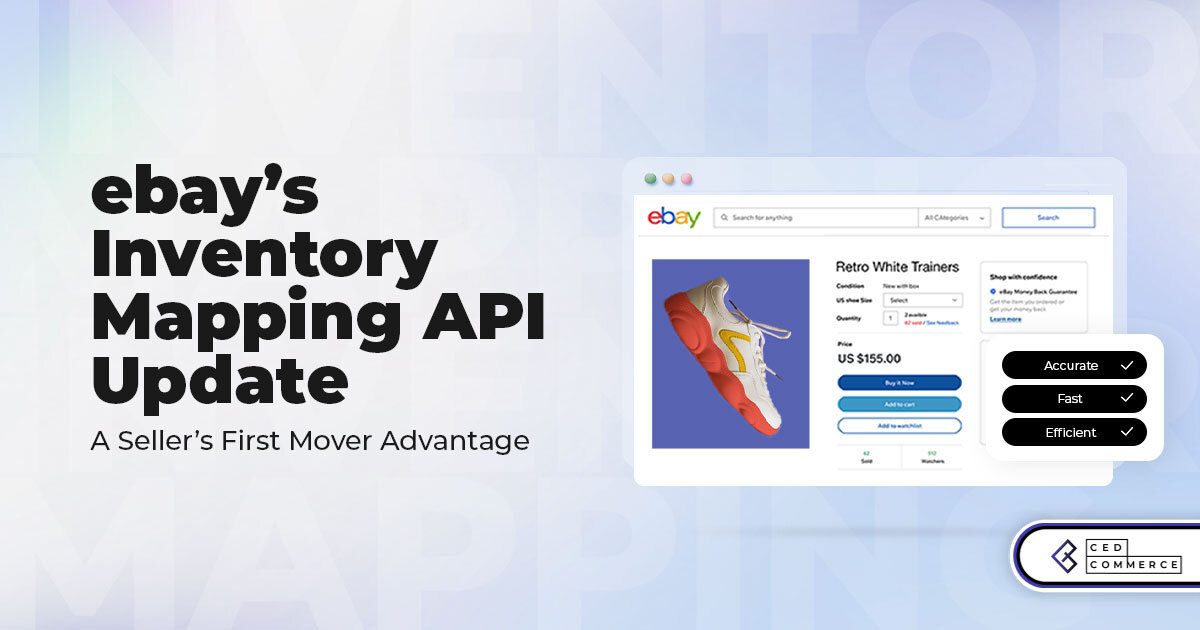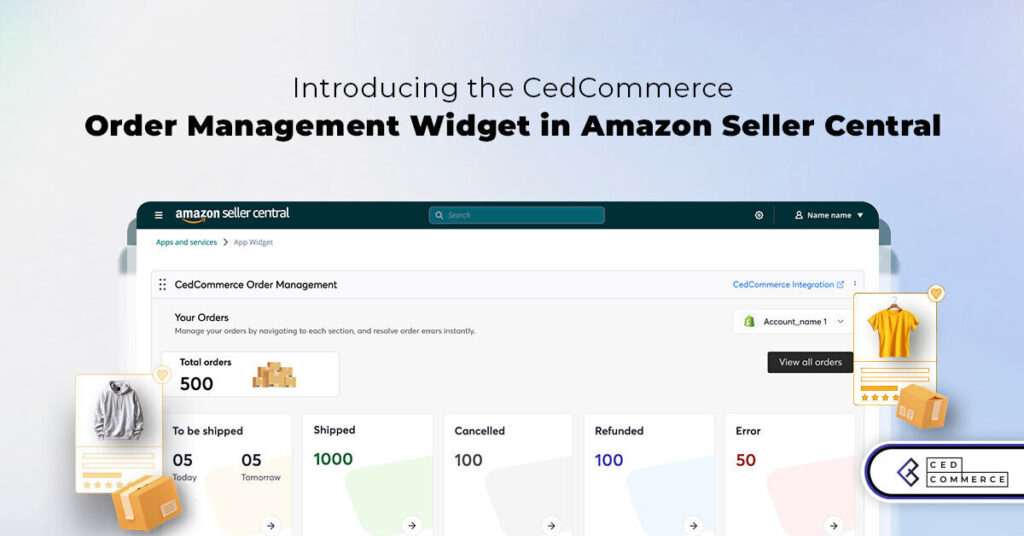TikTok Shop Launches in Japan Following its Expansion Strategy
TikTok officially launched TikTok Shop in Japan on June 30, rolling out its in-app eCommerce experience to
eCommerce websites across different niches are switching to progressive web apps (PWAs) for delivering a high level of performance and user experience regardless of device or network condition. Progressive web apps (PWA), initially proposed by Google in 2015, have quickly gained popularity among developers, brands, and end-users alike. PWA in Magento offers ease of development with a fast and enhanced user experience compared to websites.
Magento PWAs use modern web technologies, combining the best attributes of web and mobile apps. Progressive Web Apps (PWAs) are built using web technologies that act and work like an app, to put it simply. PWAs run in browsers similar to an app and provide the look of a general mobile application, keeping the native app key features. The features include the following:

Companies using PWAs offer their users several benefits, including easy installation, responsive interface, overall performance enhancement, and Magento performance optimization.
Magento is one of the earliest eCommerce platforms to allow its users to incorporate PWAs and utilize their full potential. In collaboration with Google, Magento in 2017 to introduce the finest and leading PWA features by 2018. Eventually, Magento 2.3 was released with a Magento PWA update on November 28, 2018. The eCommerce platform also introduced the Magento 2 PWA Studio with impressive and advanced tools and features that enable developers to develop, maintain, and optimize a Magento PWA storefront on Magento 2.3 and above.
A website can experience a 53% reduction in mobile visits if it takes more than three minutes to load. According to the report, ‘The Need For Mobile Speed,’ mobile sites loading within five seconds performed much better than sites that took 19 seconds to load.
Websites that load within 5 seconds experience 25% higher ad viewability, 70% longer average sessions, and a 35% lower bounce rate.
People hate waiting even when they are on their favorite site. Website speed directly correlates with higher traffic and increased conversions. Almost 79% of people who experience poor website performance will never return to the site again.
The importance of a high-speed website has increased in the eCommerce industry. A speedier, frictionless eCommerce website or store can display more products to its users in a single session. eCommerce companies that underestimate the importance of a high-speed website can experience a poor conversion rate, and eventually, insufficient revenue.
Similar to Google, Facebook also prioritized user experience with its algorithmic change in August 2017, where site speed came into play. The reason why speed matters for websites are that it is an indicator of a high-quality user experience.
Furthermore, you might be competing with other eCommerce stores to offer products to price-sensitive customers. Your competitors might be offering products at similar prices, increasing the cutting-edge competition. Eventually, it boils down to your SEO rankings and website experience, differentiating you from others. Your website’s speed and SEO rankings are more related than brands realize.
There are several factors influencing website speed and overall experience. A device and browser used to access a website can determine its speed and loading time. Other reasons for a Magento slow-loading website include:
Furthermore, not optimizing MySQL, NGINX, and PHP configuration and disabling caching can also lead to a Magento slow-loading website.
You can begin by regularly testing your website speed to identify the reasons behind the problem and its severity. You can use PageSpeed Insights, an official Google Solution, to determine the page load times of desktop and mobile websites. Aim for a score of 90 and above. Getting a score of 50 and below is an indicator that you have to work on optimizing and speeding up your Magento website.
There are other solutions available with broader functionalities. These site speed testing tools offer insights into your site speed and compare it against your competitors. Furthermore, you also get recommendations on how to tackle the identified problems. You risk losing organic traffic and potential customers if you don’t optimize your Magento website for speed. Eventually, you can lose substantial revenues.
Between identifying problems behind a Magento slow-loading website and optimizing it for speed comes Magento PWA!
Shopping online is a visual experience, making site speed of utmost importance since eCommerce stores usually have image-heavy websites. A range of techniques can be implemented to optimize your Magento store speed. Using a lightweight theme, optimizing images, removing the render-blocking javascript code is among the few to make Magento 2 faster.
Speed-oriented web technologies often separate the front end from the backend. It suggests making the frontend portable or adopting a headless commerce architecture. Going headless makes it easier to use the best-in-class solutions for your frontend and backend independently of each other so that you can deliver the fastest website on the backend of your choice.
You can use a portable frontend built for speed once you decide to go headless with your Magento 2 eCommerce website. Running a headless Magento 2 store with a PWA frontend will let you implement cutting-edge features, including a portable frontend for speedy browsing transitions, predictive prefetching, and more.
Magento PWAs eliminate the additional step of downloading and installing an app, allowing users to immediately start using it. A progressive web app takes advantage of mobile applications’ premium features, including push notifications. Push notifications help brands gain up to three times more retention than their counterparts without the said feature.
Earlier, eCommerce businesses required a native app to get their lion’s share of the mobile eCommerce market. PWAs, with their native-app-like functionalities, have made it extremely easy for businesses to get across to a wider audience and deliver an unparalleled user experience.

Magento PWAs work for every user, irrespective of which platform, browser, or device they use. Progressive web apps (PWAs) are also responsive with different screen sizes. More people are likely to adopt PWAs because they prefer instant access to a website with a rich user experience over the hassle of downloading and installing an app. Mobile web has a wide reach. With Magento PWA, your customers can add the PWA of your online retail store to their phone’s home screen with just one click of a button.
According to various surveys, the majority of search queries come from mobile devices. Eventually, Google has long shifted its priority to returning results for mobile-first websites. PWA in Magento can increase the ranking of your eCommerce stores by faster page load times and lesser consumption of device memory and network data. It also allows you to speed up Magento 2 stores. It’s only appropriate to enable your business to get more mobile traffic with mobile-friendly features.
PWA in Magento enables small and medium businesses to showcase their brands on the users’ devices. It ensures improved brand visibility and higher customer engagement. You are one step closer to your customers when they add your PWA site to their home screen. Moreover, user sessions on PWA sites are 78.25% longer than websites and apps.
Additionally, the Magento PWA storefront enables brands to upsell products by showcasing related products to their customers. Brands can also send the latest updates and other relevant information about their products, discounts, other offers, and more with cookie consent pop-ups or push notifications. Furthermore, brands can refine the quality of leads easily and directly with the Magento PWA storefront compared to traditional websites or native apps.
Effective SEO strategies enable your audience or potential customers to find you online. PWA in Magento has built-in SEO features, procuring more customers for eCommerce businesses. Furthermore, with Magento 2 PWA, brands get more than just traditional SEO.
Google mentioned three key factors of PWA that can improve customer experience, enhance Magento performance optimization, and reduce bounce rates on your eCommerce website. These key factors include reliability, speed, and engagement. These factors increase customer engagement and overall performance levels, increasing conversion rate and revenue growth. Magento PWA storefront combines the speed of online browsing and native app features. With Magento 2 PWA, you can deliver an authentic app-like experience regardless of what device your customers use.
The benefits of PWA mentioned above are some of the most significant benefits of the Magento PWA storefront, among various others. PWA in Magento offers a more affordable alternative solution to native apps, boost brand awareness, works on a slow network, easy installation, and cross-browser compatibility. It delivers faster data loading, allowing you to access cached data even with a low internet connection.
Most importantly, it is one of the cheapest ways to increase conversions. eCommerce businesses can get Magento PWA to work as their storefront at only a part of the cost they would have paid for separate native applications. The cost of the Magento PWA storefront is comparatively lower than investing in native mobile apps, while Magento PWA users have the same features.
The PWA technology is gaining popularity. Using a PWA in Magento on the front end allows eCommerce businesses to deliver a fast, responsive, app-like experience their customers expect. Today, more and more eCommerce businesses are taking every step to make their customers’ shopping experience as smooth as possible. In addition to the native iOS and Android applications, progressive web applications (PWAs) have occupied a significant portion of the market in the industry. PWAs will profoundly change how mobile customers use their devices in the coming years. The Magento PWA storefront technology can provide a high-end, app-like browsing experience that will blow away the demands of today’s tech-savvy customers.
Find out more about our Magento PWA Studio Theme | Check out the Cenia theme demo

TikTok officially launched TikTok Shop in Japan on June 30, rolling out its in-app eCommerce experience to

The TikTok Takeover: From Lip Syncs to Checkout Clicks A few years ago, TikTok was

About the Client Shop Name: CrystalHealStore Marketplace: Etsy Focus: Bohemian & Ayurvedic-Inspired Fashion Location: Global

About the Client Shop Name: PinwheelCraftsStore Marketplace: Etsy Focus: DIY Craft Kits for Kids Location:

It just took one Black Friday crash for Gymshark to realize their growth had outpaced

It takes on average 5 to 10 minutes to list a single product on the

With millions of sellers on Amazon, protecting your brand has never been more important. Counterfeit

TikTok isn’t just setting trends anymore — it’s rewriting the playbook for performance marketing, creative

In a significant development for online retailers, Walmart has officially updated its policies to permit

Are you encountering issues with Amazon order management across various sales channels? If so, everyday

A Deep Dive into Selling Smart on TikTok Shop UK, TikTok Shop US, and TikTok

In a world where cross-border commerce fuels eCommerce growth, tariffs are no longer just policy

In the world of eCommerce, visibility is everything—and Walmart Marketplace is no exception. With thousands

In what comes as a major relief for TikTok and its millions of users in

In a move aimed at enhancing product quality and boosting buyer confidence, TikTok Shop has

Selling on Amazon offers immense opportunities, but one of the most crucial decisions sellers face

Amazon is doubling down on AI-driven selling tools, introducing a new AI-generated product enrichment pilot

With over 17.6 million sellers on eBay marketplace, cracking the code behind the top selling

Amazon is doubling down on artificial intelligence, introducing the AI-powered ‘Interests’ feature that automatically finds

U.S. President Donald Trump has hinted that a TikTok deal is on track before the